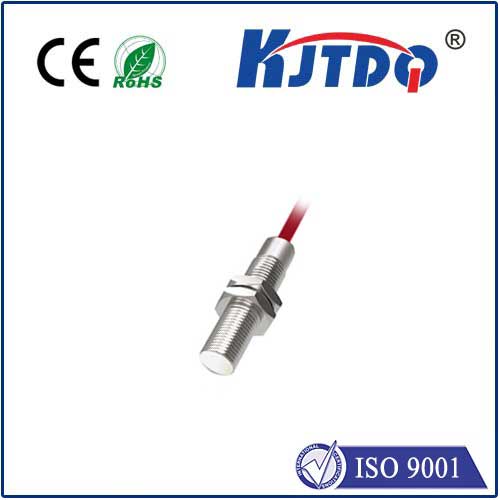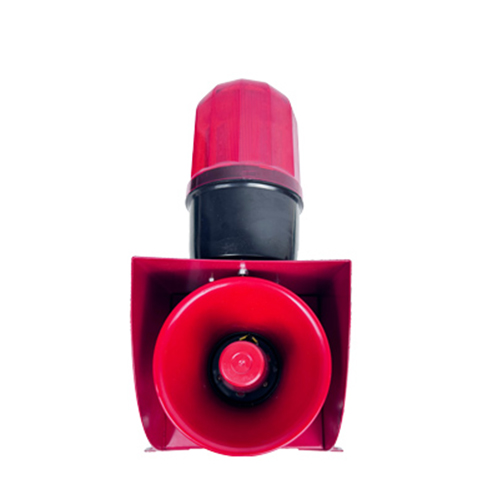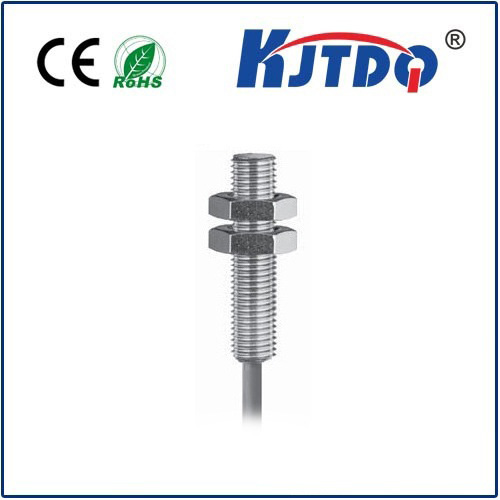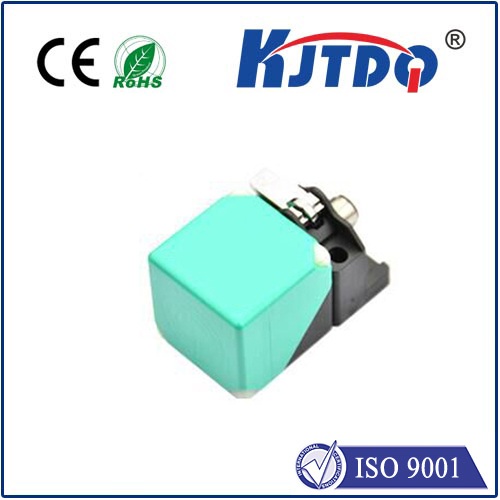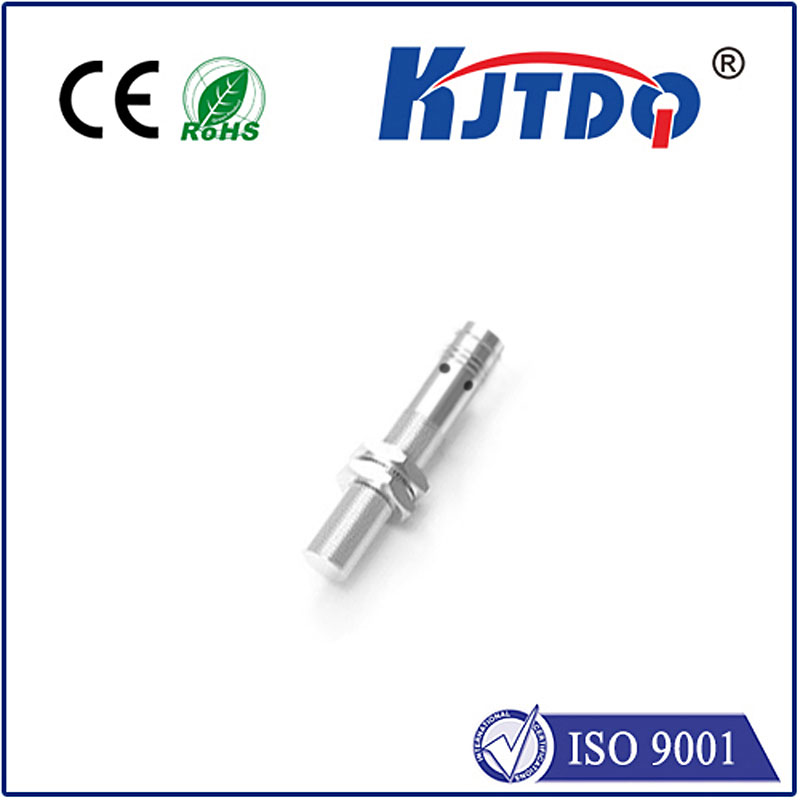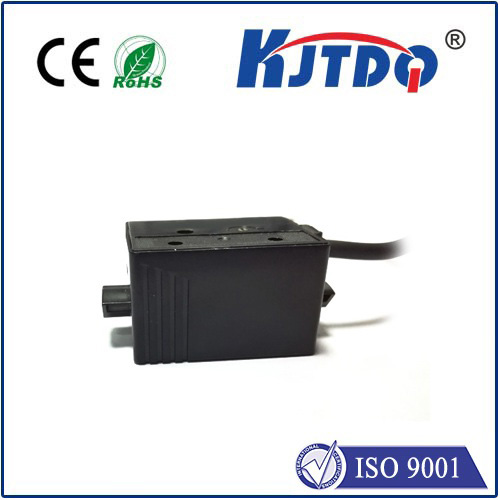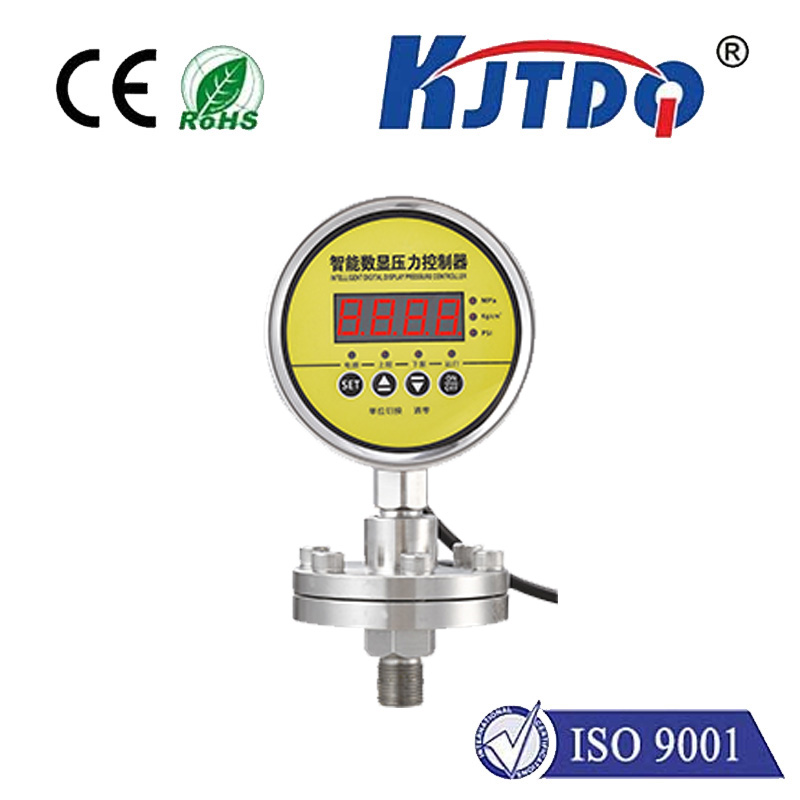sensing distance of proximity sensor
- time:2025-06-24 01:52:30
- Нажмите:0
Sensing Distance Demystified: The Core of Proximity Sensor Performance
Ever installed a proximity sensor expecting seamless object detection, only to find it misses the mark – literally? That critical “sweet spot” where detection reliably happens isn’t random; it’s defined by the sensor’s sensing distance. Understanding this fundamental characteristic isn’t just technical jargon; it’s the cornerstone of selecting, deploying, and optimizing sensors for countless applications, from factory automation to your smartphone screen. Get the sensing distance wrong, and your entire system can falter.
What Exactly is Sensing Distance?
Simply put, the sensing distance (or detection range) is the maximum distance at which a proximity sensor can reliably detect the presence of a standard target object. It’s not a hard wall; detection typically becomes less reliable as an object approaches this maximum limit. Think of it as the sensor’s effective “detection bubble.” Manufacturers specify this distance under ideal laboratory conditions using a precisely defined standard target. Critically, the actual sensing distance achieved in the real world often differs due to various influencing factors, making it crucial to understand what affects it.
Why Sensing Distance Matters Profoundly

Accurately knowing and accounting for a sensor’s operating range is non-negotiable for system design and reliability:
- Correct Sensor Selection: Choosing a sensor with insufficient range means it won’t detect objects when needed, causing failures. Conversely, excessive range might lead to false triggers from unintended objects.
- Precision Positioning: Machinery relying on proximity sensors for positioning (like robotic arms or assembly lines) requires knowing exactly when detection occurs. An inaccurate understanding of the sensing distance throws off critical timing and alignment.
- Avoiding Collisions: In safety applications or automated guided vehicles (AGVs), ensuring detection happens before an object is too close is vital. Knowing the guaranteed detection range provides the necessary buffer.
- Predictable Behavior: Consistent sensing distance translates to consistent control system behavior, reducing errors and downtime.
The Physics Behind the Proximity Sensor Range
Proximity sensors work on various principles, each with distinct characteristics influencing their maximum sensing distance:
- Inductive Proximity Sensors: Detect metallic (usually ferrous) targets. An electromagnetic field generated by the sensor coil is disturbed by a conductive target, inducing eddy currents. This disturbance is detected.
- Range Impact: Primarily dictated by the coil size. Larger coils generate larger, more penetrating fields, thus offering longer sensing distances. Target material (especially permeability) and size also matter significantly. Small non-ferrous metals might have very short detection ranges compared to large ferrous steel.
- Capacitive Proximity Sensors: Detect any material that affects an electrostatic field (metals, plastics, liquids, wood, etc.). The sensor forms one plate of a capacitor; the target acts as the other plate. Presence changes capacitance.
- Range Impact: Sensing distance is heavily influenced by the target material’s dielectric constant. Materials with high dielectric constants (like water) are detected at greater distances than low-constant materials (like dry wood). Target size and environment (humidity, contaminants) also play major roles.
- Ultrasonic Proximity Sensors: Emit high-frequency sound waves and measure the time for the echo to return. Distance is calculated based on the speed of sound.
- Range Impact: Расстояние индукции is fundamentally tied to the physics of sound propagation. Frequency matters (lower frequencies travel further but offer less resolution). Environmental factors like temperature (affecting speed of sound), air turbulence, humidity, and foam/soft materials absorbing sound significantly alter the real-world detection range.
- Photoelectric Sensors (Reflective/Diffuse Type): Use light (visible, IR, laser). Detection occurs when emitted light is reflected back from the target to the receiver. Расстояние индукции depends on light intensity, target reflectivity, and receiver sensitivity.
- Range Impact: Target reflectivity is paramount. A matte black object reflects much less light than a white glossy one, drastically reducing the effective sensing distance. Ambient light interference and lens contamination are critical environmental factors.
Key Factors Influencing Real-World Sensing Distance
While datasheets provide a baseline, actual sensing distance is significantly affected by:
- Target Material & Properties: As discussed above, metal type, dielectric constant, and reflectivity are fundamental for inductive, capacitive, and photoelectric sensors respectively. Size matters too – smaller targets generally reduce the detection range.
- Target Orientation: The angle at which the target approaches the sensor face affects detection. The specified sensing distance usually assumes perpendicular approach. Angled approaches shorten the effective range.
- Environmental Conditions: Temperature extremes can affect component performance (especially ultrasonics and some photoelectrics). Humidity and condensation impact ultrasonic and capacitive sensors. Dust, dirt, and oils on sensor faces can severely degrade performance for all types.
- Electrical Noise: Strong electromagnetic interference (EMI) near inductive sensors or noisy power supplies can create instability, potentially causing erratic detection near the sensing distance limit.
- Mounting: Incorrect mounting (e.g., proximity to metal surfaces for inductive sensors, misalignment for photoelectrics) can cause shielding or false reflections, reducing usable range.
- Supply Voltage: While many sensors have regulated circuits, operating significantly below the nominal voltage can decrease output power/field strength, potentially reducing sensing distance.
Ensuring Optimal and Reliable Detection Range
Achieving consistent performance requires proactive management of the sensing distance:
- Understand the Standard Target: Always check what target the manufacturer used for the specified distance. Can your actual target match it in size and material properties?
- Derate the Specification: Treat the datasheet value as an ideal maximum. Design your system to operate at 50-80% of the rated sensing distance to account for real-world variables and ensure reliable detection under adverse conditions. This margin is critical for robustness.
- Factor in Environment: Assess potential temperature swings, contaminants, humidity levels, EMI sources, and mounting constraints before final sensor selection. Choose sensors rated for your environment (e.g., IP67 for washdown).
- Consider Target Variability: If targets vary significantly in size, material, or orientation, choose a sensor type less affected by those changes (e.g., ultrasonic for varying surfaces) or size the sensor conservatively for the worst-case scenario.
- Regular Calibration & Maintenance: Especially for critical applications, periodic checks to confirm the detection range remain within tolerance are essential. Keep sensor faces clean.
Conclusion: Distance is More Than Just a Number
The sensing distance of a proximity sensor is far from just a static number on a spec sheet. It’s a dynamic characteristic inherently tied to the sensor’s underlying operating principle, the physical properties of the target object, and the often unpredictable conditions of the real world. Grasping these intricate relationships empowers engineers, technicians, and designers to make informed choices, position sensors effectively, build robust systems, and ultimately harness the full potential of these versatile detection tools. Ignoring the nuances of sensing distance is an invitation for unreliability; mastering it p

